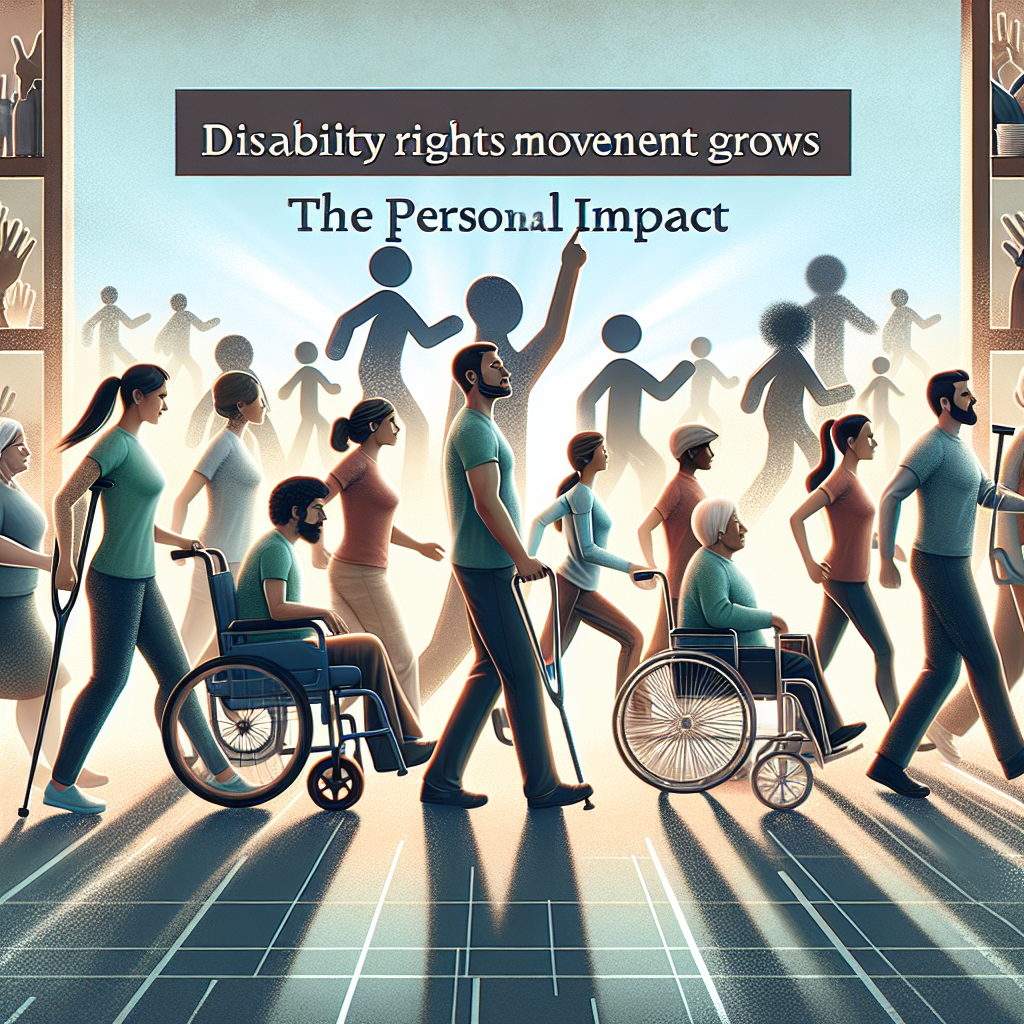In the bustling sphere of Transportation technology, a crucial change is sweeping across – The Disability Rights Movement. While driverless cars and electric scooters dominate headlines, behind-the-scenes an equally profound revolution unfolds.
1. Company Background
A pioneering player in this transformation is Access Mobility Innovations (AMI). Founded by wheelchair-user Alan Thompson after experiencing first-hand inadequate public transport systems.
2. Market Opportunity
The overlooked demographic of 1 billion globally disabled individuals presented AMI’s market opportunity. As disability activists drew attention to their long-ignored needs, AMI envisioned comprehensive mobility solutions catered towards them.

3. Innovation Strategy
Their groundbreaking strategy – designing for disabilities instead of retrofitting existing models proved transformative; making vehicles more accessible than ever before.
The Argument Everyone Is Missing
Rather than viewing accessibility features as afterthoughts or liabilities, AMI sees them as vital design principles from planning stages onward.

4.Execution Challenges
An uphill battle faced AMI – resistance from conventional manufacturers to incorporate inclusive designs citing cost implications and logistical complexities.


5.Key Success Factors
A key success factor was harnessing the power of public consciousness. As disability rights gained traction in mainstream dialogue, AMI’s lobbying for legislative reform found support among transport authorities.
6.Market Response
AMI has received applause and criticism for its bold foray into an uncharted market. While its inclusive model vehicles are praised, others point to steep prices as a barrier.

7.Financial Performance
The financials too tell a mixed story; while AMI experiences growth year-on-year, it struggles with the high development costs inherent in such innovative pursuits.
8.Competitive Advantages
The combination of a unique innovation strategy and strong commitment to disability rights gives AMI substantial competitive advantage.

9.Future Growth Plans
Eyes now turn toward plans to scale their operations globally from Europe to Asia, taking onboard lessons learned so far.
10.Industry Lessons
This case signifies how business can -and should- align profit-making with social ethics by identifying overlooked demographic needs and transforming them into opportunities.
From being viewed as recipients of charity, disabled individuals have today become valued consumers whose needs drive groundbreaking innovations. This is only the beginning of our rethink about transportation technology through the lens of inclusivity – a trend we expect will rev up on highways soon!

